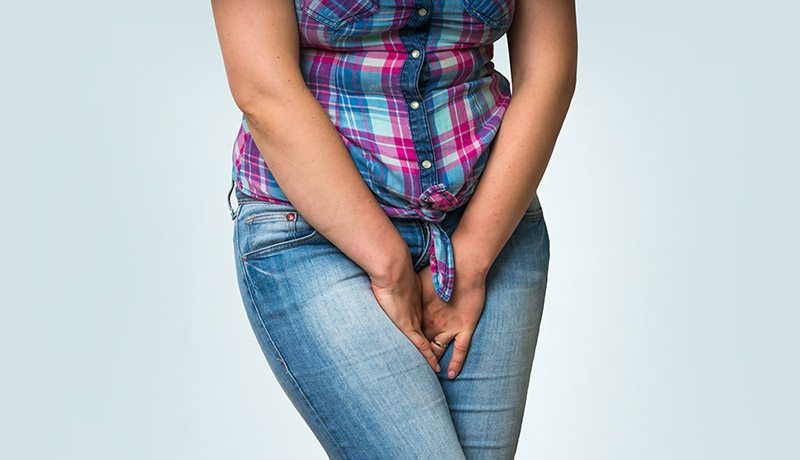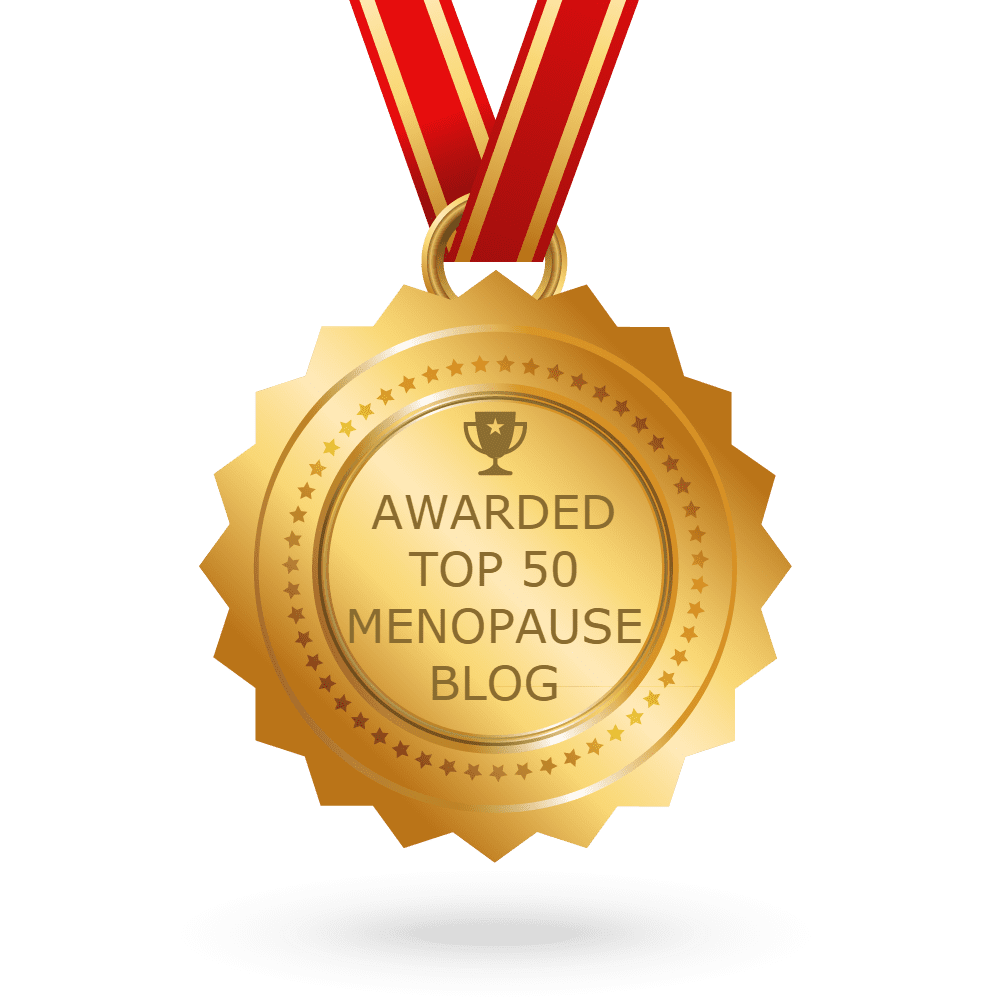Incontinence….Ah Hem…Let’s Talk About It

I know you probably don’t want to talk about incontinence. In fact, it’s possibly the last thing you want to talk about – but during menopause it really can be a ‘thing’.
One of the many that nobody talks about. However, incontinence or ‘just-gotta-go-now’ is one of the signs of menopause. It’s very common.
Argh, I hear you cry.
I know, I know, not nice.
Let's Talk About Incontinence Share on X
Let’s take a look at the why’s and wherefores because knowledge is a wonderful thing.
Firstly, know that it’s the changes in our bodies that cause urinary issues.
To elaborate, the menopausal years are a time when our ovarian estrogen production diminishes. When we lose estrogen our vagina becomes less elastic. According to WebMD the lining of your urethra, the tube that empties urine from our bladder, begins to thin.
Another thing that happens is a weakening of our pelvic floor – muscles that support our urethra and bladder. This also happens with age and giving birth.
We may experience a number of different types of incontinence:
Stress incontinence
You know the one? You laugh, cough or sneeze and ‘oops’ a leak! Or you’re lifting something heavy? This often happens after giving birth as well.
Urge incontinence
Oh, this one’s a doozy. The ‘urge’ comes on without warning and you just have to go. It doesn’t care where you are or what you’re doing. WebMD says this is often called an ‘irritable’ or ‘overactive’ bladder as well.
Nocturia
Have you heard of this one? I hadn’t either, but it’s when you wake up several times during the night and have to go to the bathroom.
Painful urination
When we were in our 20s this was referred to as ‘honeymoon disease’ but now we’re in the meno years it’s just called discomfort! Most of us are familiar with the discomfort of UTI’s or urinary tract disease (aka cystitis), and we become more prone to them during menopause.
What can you do?
- Maintain a healthy weight. Extra weight equates to more pressure on your bladder. End of story.
- Check your liquid intake. Some drinks, like coffee, are diuretics and fill your bladder quickly. Fizzy drinks and alcohol do the same thing. Alcohol makes the bladder more sensitive. Water is best. Of course, it fills the bladder as well but it causes fewer side effects.
- Have a cut-off time for what you drink during the evening. This helps to stop night waking.
- Exercise your pelvic floor. Kegel exercises tighten your pelvic floor muscles which can have many other benefits as well as bladder control. You can learn how to do them by stopping your urine mid-flow. Once you’ve got the hang of it do your Kegels while you’re driving, sitting or whenever you think of it. Start with 10 two or three times a day and build up.
- Zinc, vitamins C and D, magnesium and D-Mannose have all been found to be helpful with incontinence. The D-Mannose is particularly helpful for urinary tract infections (UTI’s).
- Invest in an Elvie. Australia. New Zealand.
- Invest in some pads or special panties.
NB: don’t make a habit of doing your kegel’s on the loo, as it’s not a good idea to block your flow routinely.






